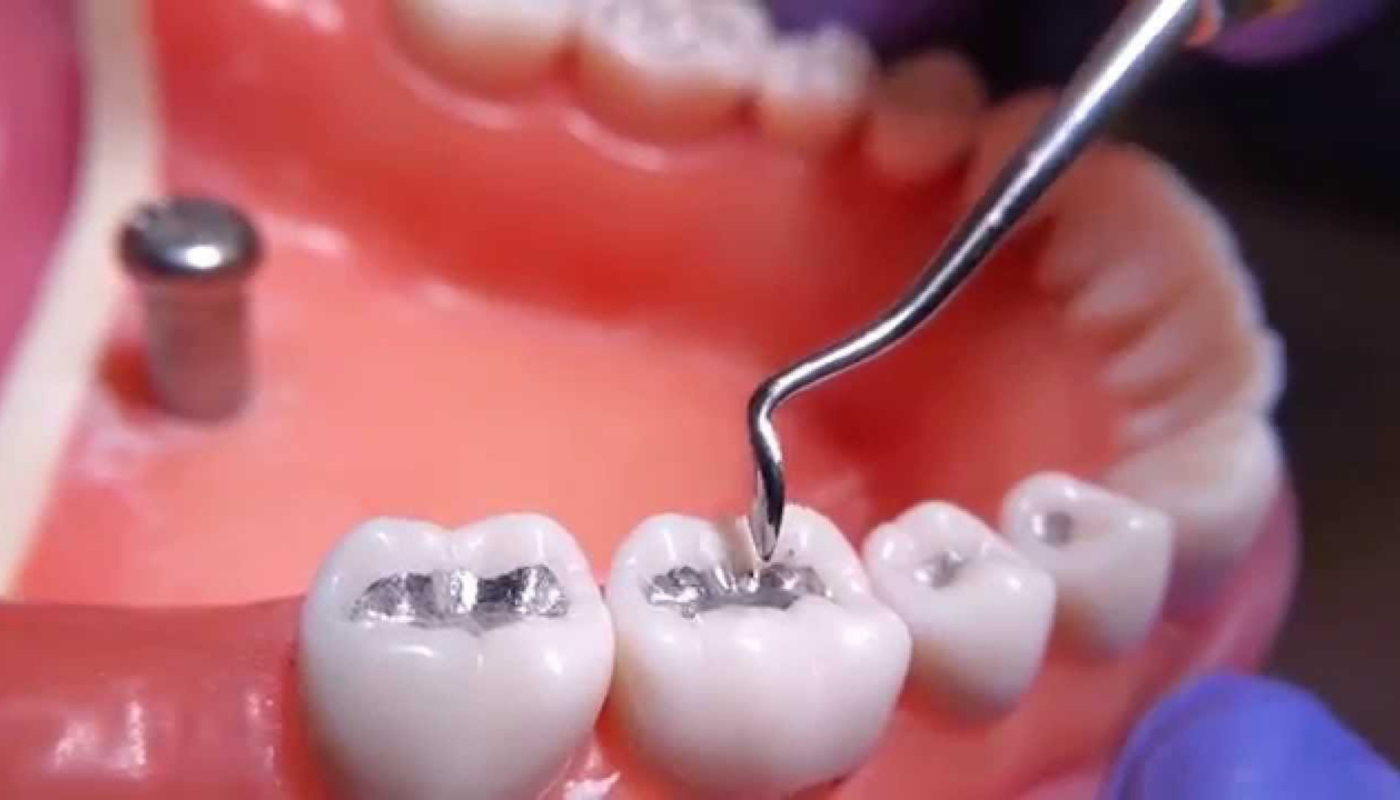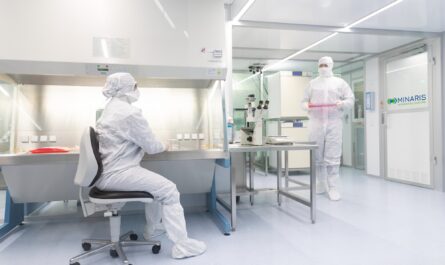Dental offices generate wastewater containing trace amounts of mercury from dental amalgam – a filling material composed of mercury, silver, tin and copper. Amalgam separators are devices installed in dental office wastewater lines that capture and retain mercury fragments and particles before they enter the local sewer system and ultimately local waterways.
Mercury Pollution from Dental Offices
Mercury is a potent neurotoxin that can damage the brain, kidneys and developing fetuses and infants. According to the Environmental Protection Agency (EPA), dental offices are a leading source of mercury discharged to municipal wastewater treatment plants nationwide. Studies show that a significant portion of the mercury in wastewater originates from dental offices. When dental amalgam fillings are placed, removed or polished, tiny particles of mercury are discharged in wastewater and end up polluting lakes, rivers and oceans if not properly filtered. Mercury pollution from dental offices poses health and environmental risks that can be greatly reduced through the use of amalgam separators.
The Impact of Dental Amalgam on Aquatic Life and Public Health
Mercury released into our watersheds can accumulate in fish and shellfish tissues. As these contaminants move up the food chain through bioaccumulation and biomagnification, they become increasingly concentrated, posing health risks. Several states have issued fish consumption advisories warning the public, especially pregnant women, nursing mothers and young children, of the health dangers posed by eating certain types of locally caught fish due to elevated mercury levels. Mercury pollution has also been shown to damage ecosystems by harming fish and other aquatic wildlife.
Dental Amalgam Separators are a proven, effective and affordable way to minimize these impacts by preventing over 95% of mercury from dental offices from being discharged into natural water bodies.
Regulations for Dental Offices
In recognition of the serious threat posed by mercury pollution from dental offices, several states and municipalities have passed regulations requiring the use of amalgam separators. Maine was the first state to mandate amalgam separator installation in all dental facilities in 2008. Other early-adopter states include Minnesota, New Hampshire, Massachusetts, Connecticut, New York, Maryland and Vermont. In 2021, the EPA finalized the nation’s first national rule for reducing mercury discharge from dental offices. The rule establishes criteria under the Clean Water Act for installing, maintaining and monitoring amalgam separators at dental facilities that place or remove amalgam. As of 2027, all dental practices nationwide must install separators. Such regulations aim to curb the avoidable yet significant amount of mercury entering our aquatic ecosystems from dental office wastewater.
Selecting an Appropriate Amalgam Separator
With regulations taking effect across the country, most dental practices will need to select and install an amalgam separator to comply with discharge limits. There are a variety of ISO-certified amalgam separator models available from multiple manufacturers. Key factors to consider when selecting a unit include size (number of chairs), type (chair-side traps or vacuum filter systems), separation efficiency (must be >95%), longevity, cost, maintenance needs, and certifications. Consulting with dental suppliers and following EPA guidelines can help practices choose amalgam separators that are fit-for-purpose and compliant. Proper selection, installation, maintenance and monitoring of amalgam separators in accordance with EPA standards will ensure dental facilities play their role in reducing mercury releases to the environment.
Separators: An Affordable Solution
While the initial outlay for an amalgam separator may range from $500 to $2000 depending on the model, the payback period is short. Not only do amalgam separators protect our waterways from harmful mercury discharge, they often save dental practices money over the long term through reduced liability, fewer future regulatory costs and lower disposal fees for scrapped amalgam waste. When factoring in these benefits along with the small separator maintenance costs of approximately $100-$200 per year, amalgam separators prove to be a highly affordable solution for both the environment and business. Their relatively minor expense easily offsets the considerable financial and ecological costs of mercury entering water supplies untreated. Thus,separator installation delivers valuable cost savings along with public health and environmental benefits.
Educating Patients about Mercury-free Alternatives
An important additional step practices can take beyond separator installation is providing patients with information about mercury-free dental filling options. Composite resin and glass ionomer are proven alternatives to amalgam that do not contain mercury. While amalgam remains a cost-effective dental material, its use results in avoidable mercury emissions that harm the environment. By making patients aware of non-mercury options, offices empower informed choice. They can suggest discussing alternative materials with one’s dentist, especially for procedures involving children or pregnant/nursing patients to minimize any potential fetal or childhood exposure to mercury. A small effort at eco-education benefits both patient health and mercury reduction efforts in the long-run.
*Note:
1. Source: Coherent Market Insights, Public sources, Desk research
2. We have leveraged AI tools to mine information and compile it



